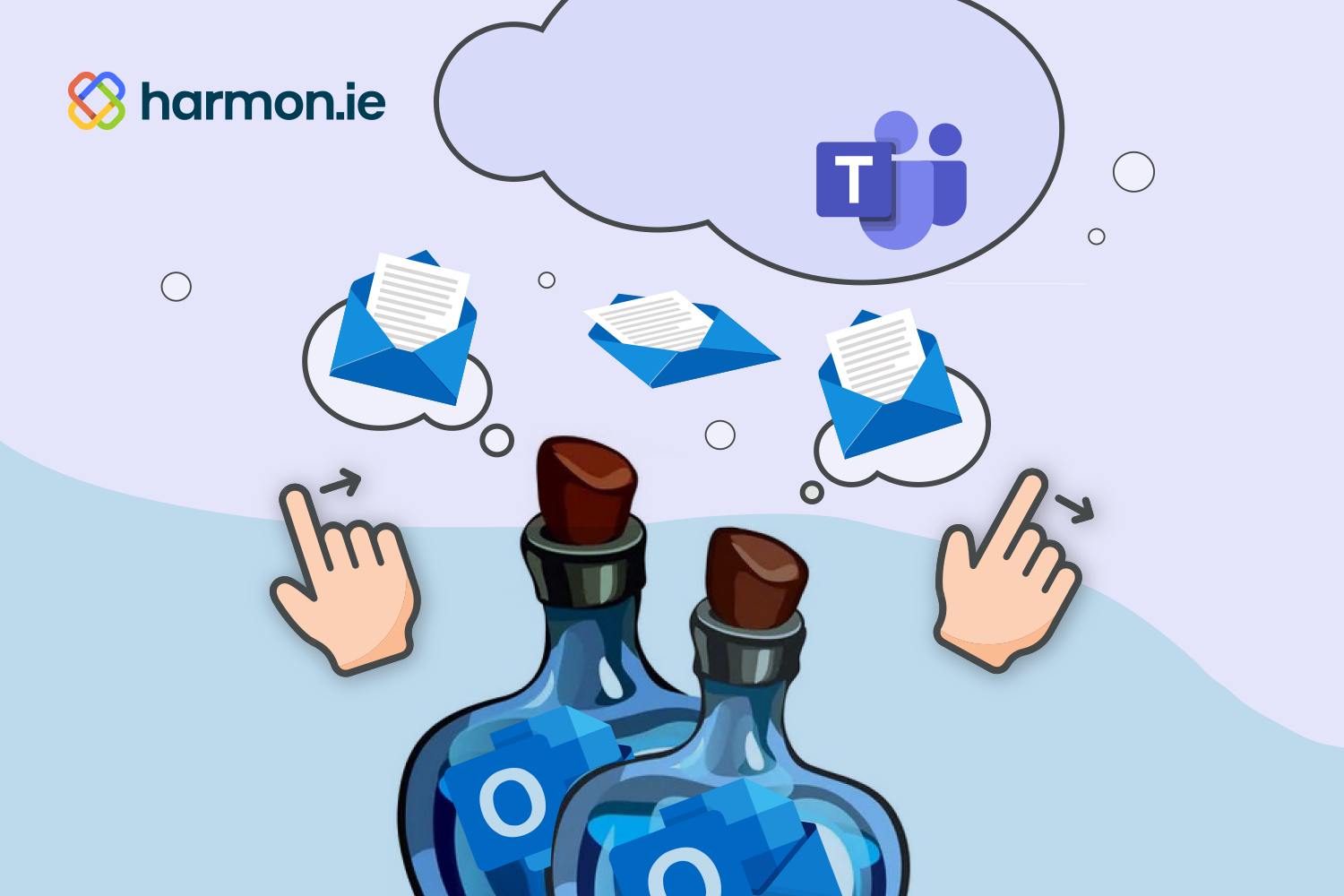Information is only useful if you can find and access it, yet many well-meaning knowledge workers don’t take the necessary steps to ensure they and their colleagues can easily locate and use mission-critical documents and files.
When organizations talk about “key man risk” it’s shorthand for saying that this particular employee—be they a senior executive or a junior individual contributor—is vital to business operations. Yet, there’s no one else cross-trained or informed enough to fill in if they’re out of the office or leave the company. The goal is reducing this risk so the business can properly function even in their absence.
Hoarding important emails and files in your inbox isn’t much different. If others can benefit from accessing that data—and there’s no good reason to keep it to yourself—it serves you and your business well to use the right tools and solutions to make it safely accessible.
Why your inbox is a problem
In most cases, employees aren’t intentionally squirreling away important data from coworkers, they’re just not being proactive enough about sharing it. Emails safely sit in their Outlook inbox or a subfolder, where they can find one with a quick search—or longer scroll—if and when anyone asks for it.
This file management strategy may work for a while, but it’s a short-sighted approach. For one thing, when everything’s in your Outlook you’re setting yourself up for endless requests to send or forward along information whenever colleagues realize they need it and eventually figure out you’re the one who has it, which in itself wastes valuable time and resources. Now you’ve simultaneously become a bottleneck to others getting their jobs done while increasing your own workload as the “middleman” for these requests.
Even more problematic is when you’re on vacation or out sick. You’re now holding the whole company hostage as your colleagues await your return, creating lengthy delays that are completely avoidable by adopting a fairly basic best practice. And when you leave for another job, you’ll also be leaving your former coworkers in a bad spot.
Making business continuity a breeze
In the Microsoft 365 universe, SharePoint is the polar opposite of your Outlook inbox. While Outlook is all about you, SharePoint is for everyone… including you. It’s where companies store and organize information related to various corporate functions, customer engagements, shipped products, and those still in the works. Tagging and search tools aid discovery, while permissions maintain information security and integrity.
The challenge is consistently getting information from Outlook into SharePoint, although technology isn’t the primary obstacle. It’s behavior change. Everyone must consider the value of putting each email’s contents into SharePoint…and we get a lot of email. Attachments are a natural flag, giving workers an opportunity to pause and consider whether others would benefit from accessing this file and maybe taking the extra step to save a copy to SharePoint.
But when the contents of the email itself are worthy of archiving and sharing, it feels like a lot of work to copy and paste the email’s contents into a Word document, then give it a title, tag it, and upload it to SharePoint. Therefore, it doesn’t happen consistently. It’s a legitimate interruption and awkward addition to everyone’s current workflows, habits, and routines.
However, those extra steps aren’t so onerous with the harmon.ie 365 suite. With this plug-in, Outlook users can literally drag and drop the email in question into the appropriate SharePoint folder, adding a few metadata tags to improve future discoverability.
This shortcut for handling emails with important information creates numerous benefits:
- You’re spared the extra effort and urgency of responding to colleagues’ requests for information solely housed in your inbox. They can view the same message right from SharePoint, removing you from the loop.
- Colleagues are empowered to help themselves rather than bothering others, then twiddling their thumbs while waiting for a response.
- Storing all key, relevant emails in the same folders and directories as other related documents, creates a more comprehensive knowledge base that persists long after the original email recipient has moved on to another project or left the organization.
Make life easier for others by removing your inbox from the equation. Find out how easy it can be to drag and drop your way to business continuity with harmon.ie.

